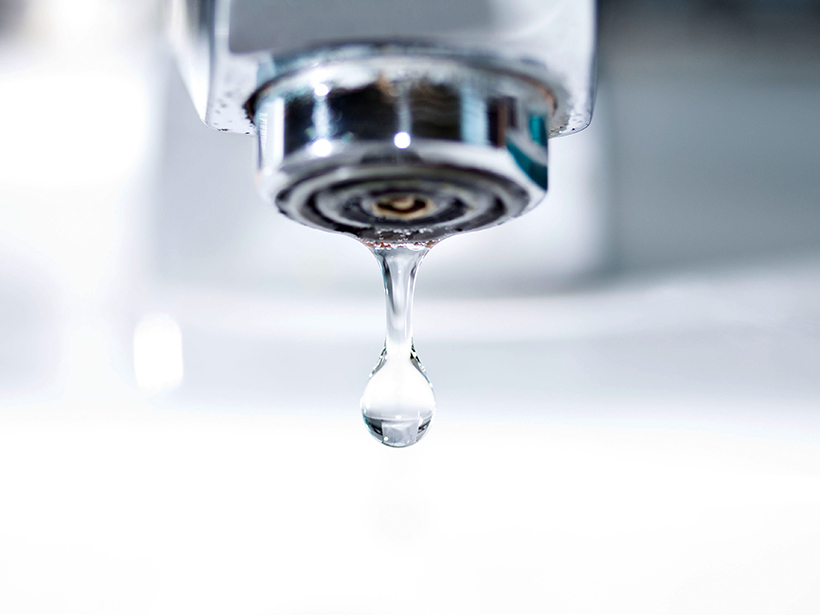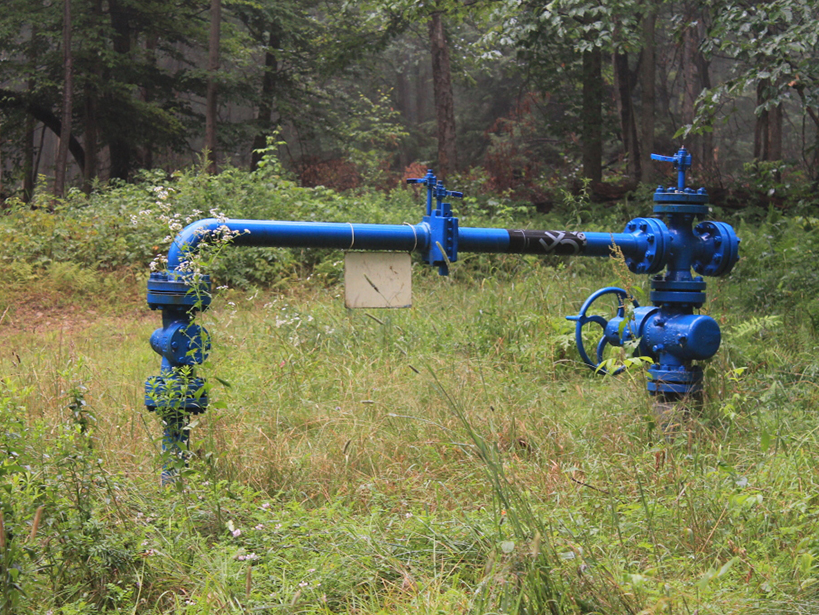Tracking isotope patterns in tap water also reveals metropolitan water management choices, population ranges, episodes of environmental stress, and even information on household income.
Water Resources Research
How Vague Historical Writings Help Scientists Predict Floods
By including imprecise historical written records in their calculations, researchers were able to decrease uncertainty in estimations of future flood frequency.
What Happens to Methane That Leaks from Abandoned Wells?
Three-dimensional simulations suggest that some aquifers may be more vulnerable to contamination from leaky oil wells than others.
Water Subsidies May Not Be Going to Those Who Need Them Most
A new study finds a widely used water tariff does not effectively deliver subsidies to intended beneficiaries in Nairobi, Kenya.
What Caused Record Water Level Rise in the Great Lakes?
A new modeling framework offers insight into how specific lakes' water levels respond to short- and long-term climate trends.
The Mathematics of Braided Rivers
River researchers find a mathematical relationship that predicts the average shape of a riverbed over a defined distance, opening the door to new ideas about modeling braided rivers.
How Much Dissolved Mercury Is Present in Streams?
The results of a new study suggest that an improved understanding of the processes mobilizing mercury in soils will be necessary to predict water quality impacts.
Are U.S. States Prepared to Manage Water in a Changing Climate?
An empirical study of water allocation and planning in five states concludes that they lack a statewide strategy to manage the impacts of climate change on water resources.
Could We Have Predicted What El Niño Would Bring?
Researchers take a retrospective look to see if precipitation and flooding due to El Niño could have been predicted a priori.
Reimagining a Fatal Flood
Researchers use high-resolution simulations to reexamine the rainfall events that led to one of the most destructive floods in U.S. history.








